WASHINGTON, D.C. — Major changes are coming to Metrobus service in the Washington, D.C. region, and officials say it’s the most sweeping update in the system’s history. Starting Sunday, June 29, Metro will eliminate over 500 bus stops and rename every single route in a bold move aimed at improving speed, efficiency, and rider experience.
The transit overhaul—announced Monday by Metro officials—will be the largest single-day change ever made by any transit agency of Metro’s size in the United States.
What’s Changing: A Two-Part Transformation
Metro says the overhaul has two key components: consolidating bus stops and renaming routes. Together, these changes are intended to make the system faster, more direct, and easier to navigate for riders across the District, Maryland, and Virginia.
1. 527 Bus Stops to Be Removed
One of the most significant updates involves the removal of 527 bus stops throughout the region.
According to Metro, most of the stops slated for removal are located 660 feet or less from other stops and are underused. Transit planners believe eliminating them will speed up service, reduce delays, and improve reliability.
“By spacing stops more efficiently, we can make buses faster and more dependable without reducing access to service,” a Metro spokesperson said.
However, the change is not without controversy. Some riders and community advocates have expressed concerns about the increased walking distance required to reach remaining stops—especially for elderly riders, people with disabilities, or those carrying groceries and strollers.
Metro says it carefully evaluated which stops to eliminate using ridership data, proximity to other stops, and community input. The agency has published a complete list of removed stops on its website and is encouraging riders to check the updated maps ahead of the change.
2. All Bus Routes Will Be Renamed
In a parallel move, Metro will also rename every Metrobus route in the system. That means all of the letter-and-number combinations currently used—like A8, 30N, or C4—will be replaced with a new naming system.
This marks the first complete route renaming in Metro’s history and is designed to simplify navigation and help both new and long-time riders better understand where routes go.
While Metro acknowledges the change may cause short-term confusion, officials argue that the long-term benefits outweigh the disruption.
“We know it’s a big adjustment, but the current system is outdated and confusing,” said a Metro representative. “We’re switching to a naming format that will be more intuitive and easier for all riders to understand.”
Metro has not yet released the full list of new route names but plans to roll out updated signage, route maps, mobile app updates, and customer service materials to assist riders in making the transition.
Why Metro Is Making These Changes
Metro has framed this overhaul as part of its broader effort to modernize the region’s public transportation system and adapt to shifting commuter patterns, especially in the wake of the COVID-19 pandemic.
With fewer people commuting five days a week and a rise in on-demand travel and flexible work schedules, Metro believes it must redesign its service to better serve current needs rather than sticking to outdated models.
Additionally, improving bus speed and reliability is a core component of Metro’s commitment to reducing car dependency and supporting climate and equity goals.
What Riders Should Do Now
With the changes just weeks away, Metro is urging riders to take proactive steps:
-
Check the list of removed stops on Metro’s website to see if your stop is affected.
-
Familiarize yourself with new route names once they are released.
-
Download the Metro Transit app for real-time updates and route planning tools.
-
Allow extra travel time during the first few weeks of the transition.
Metro will also launch a public awareness campaign, including signage at affected stops, outreach to community groups, and expanded customer service support leading up to and after the June 29 implementation.
A Historic Shift in D.C. Transit
The June 29 overhaul marks a pivotal moment for Metrobus, representing both logistical complexity and forward-thinking transit planning. Whether it leads to smoother rides or temporary growing pains, one thing is clear—Metro riders should prepare for the biggest day of change in decades.
For real-time alerts and more details, visit wmata.com or follow Metro on social media.
This is a developing story. More updates will be provided as new information becomes available.

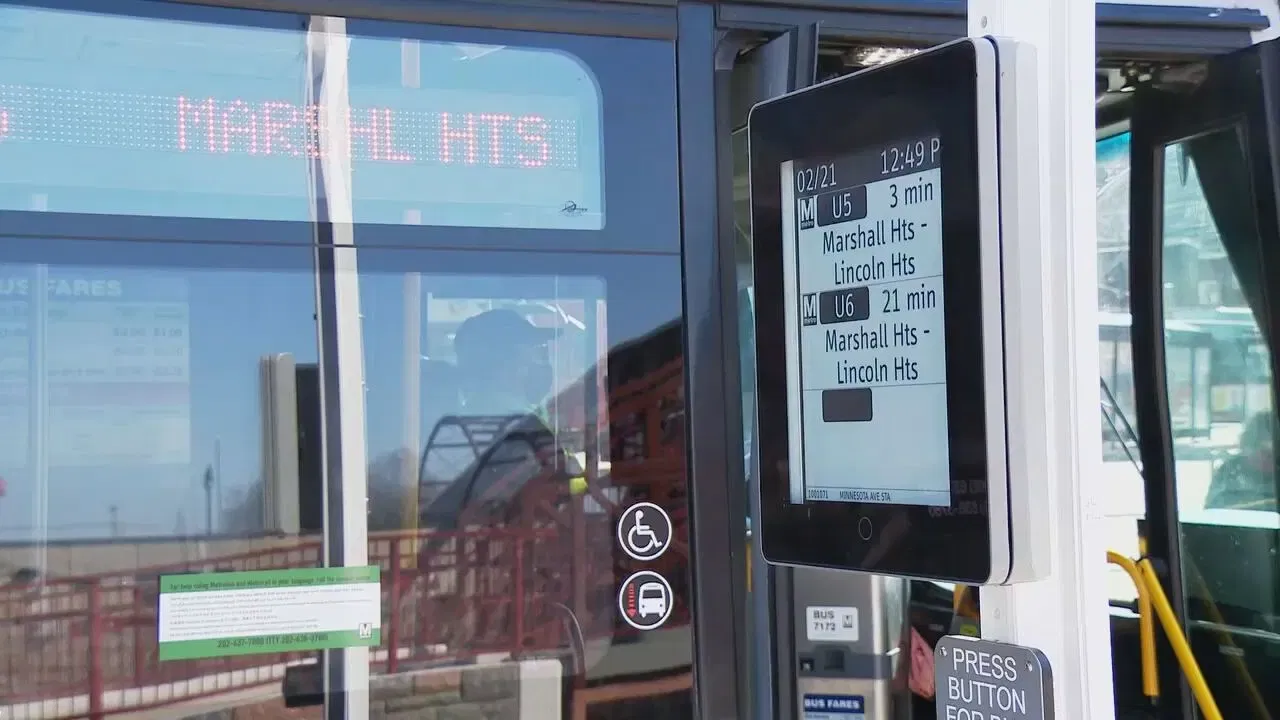
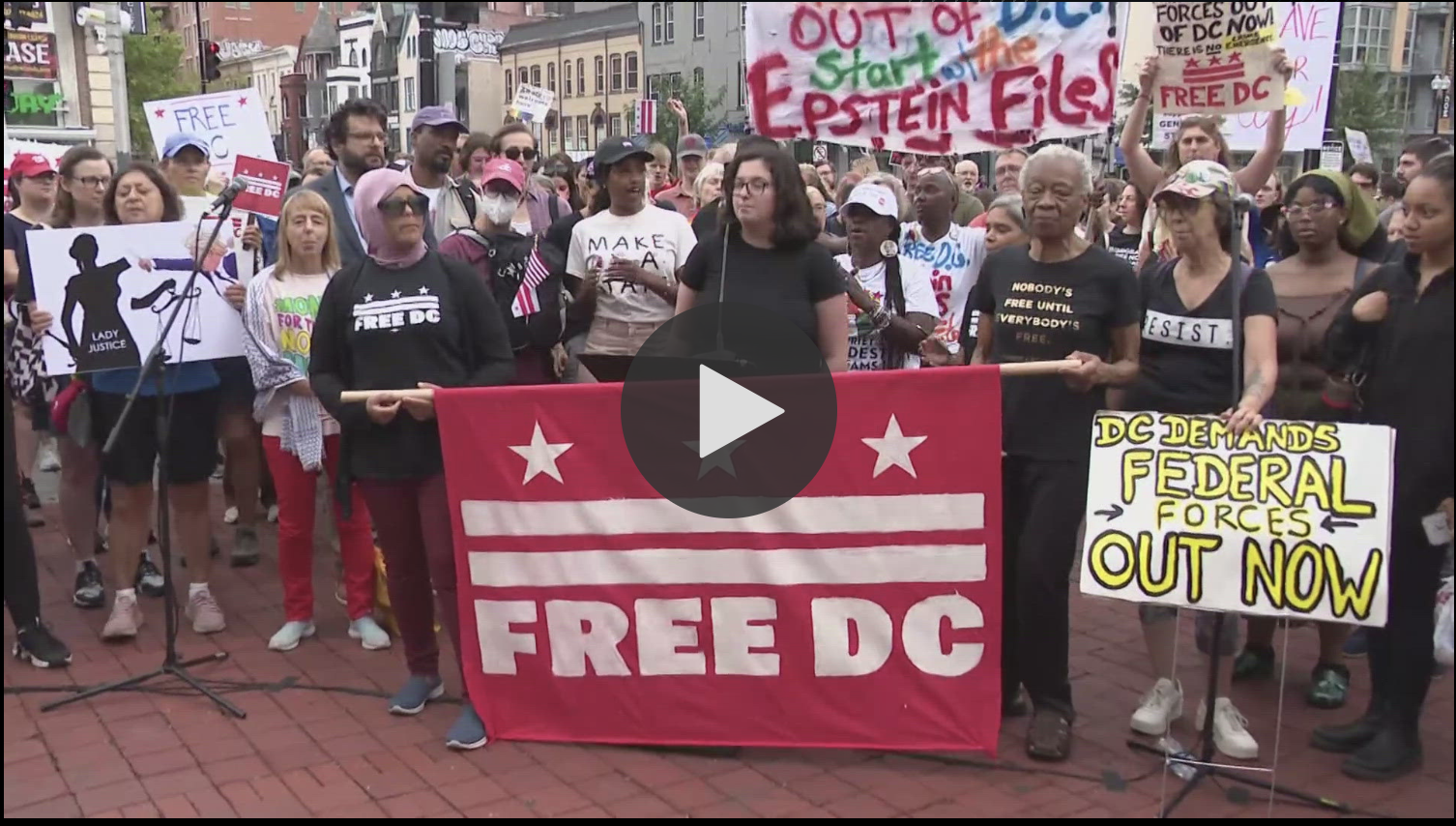
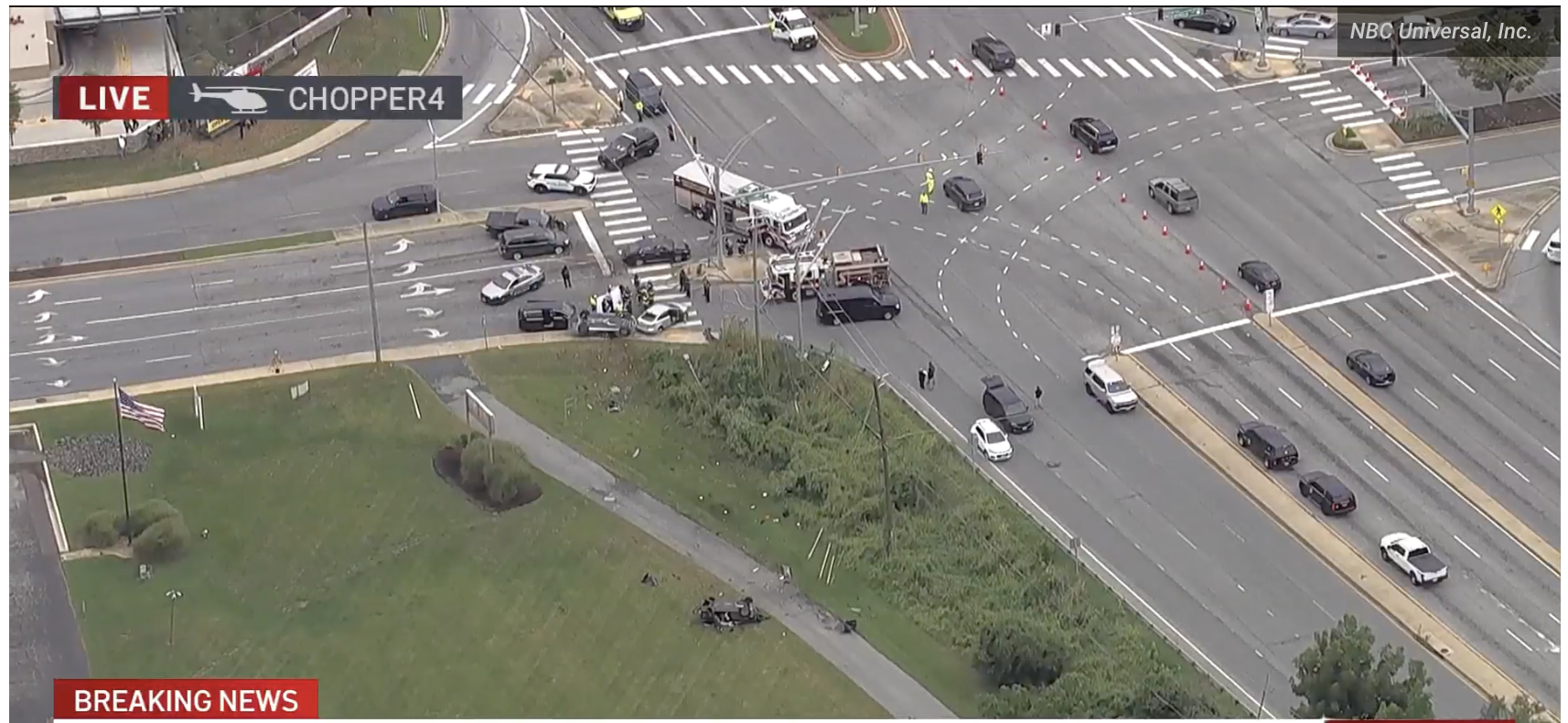
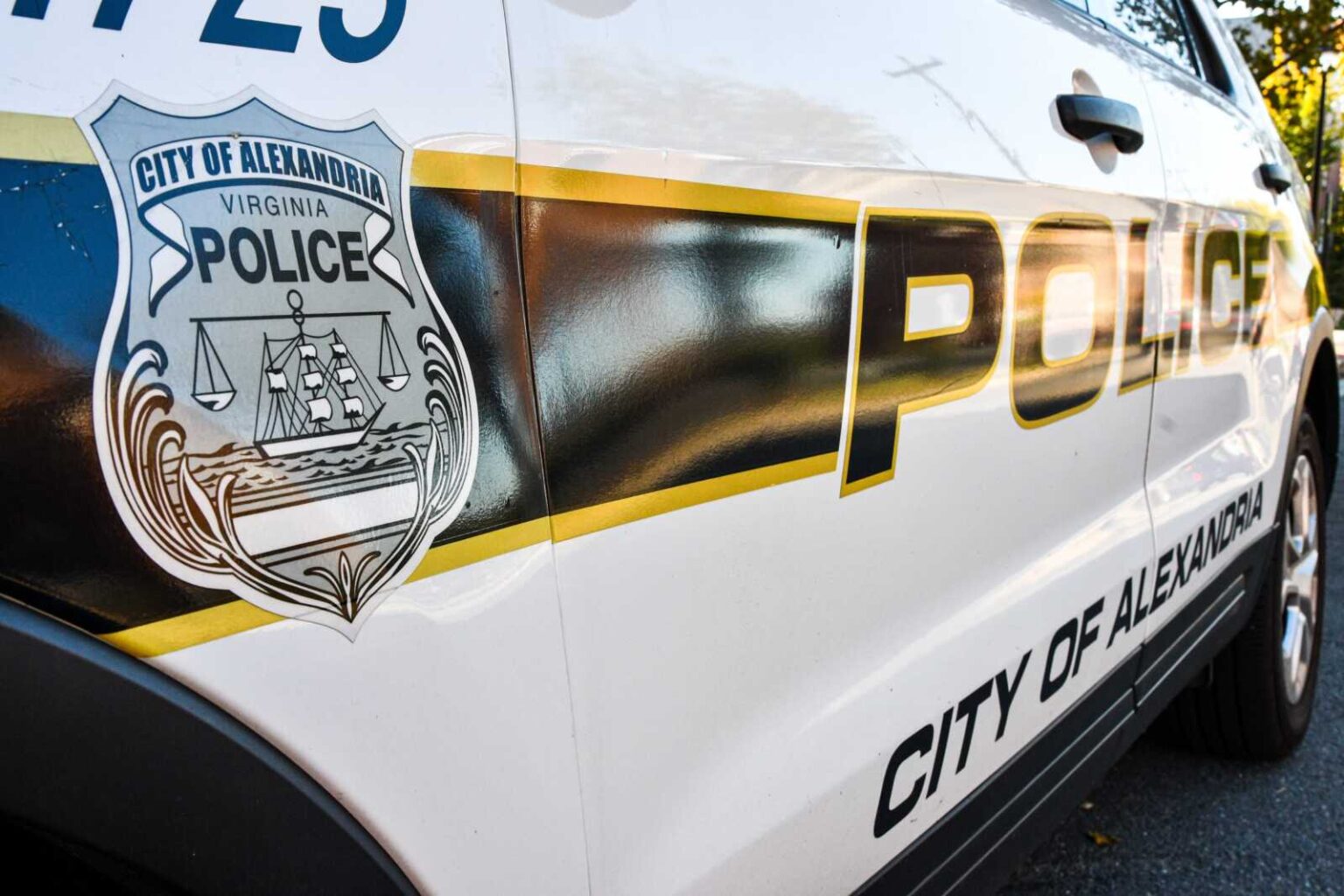





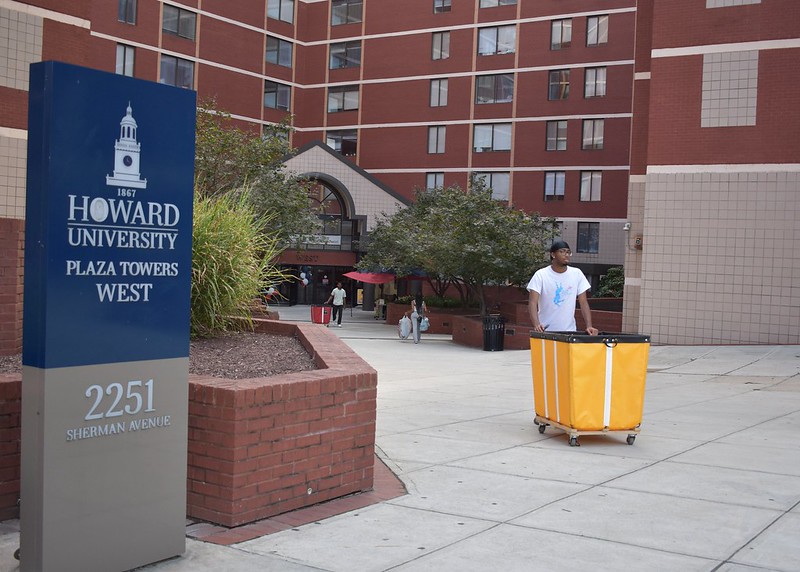
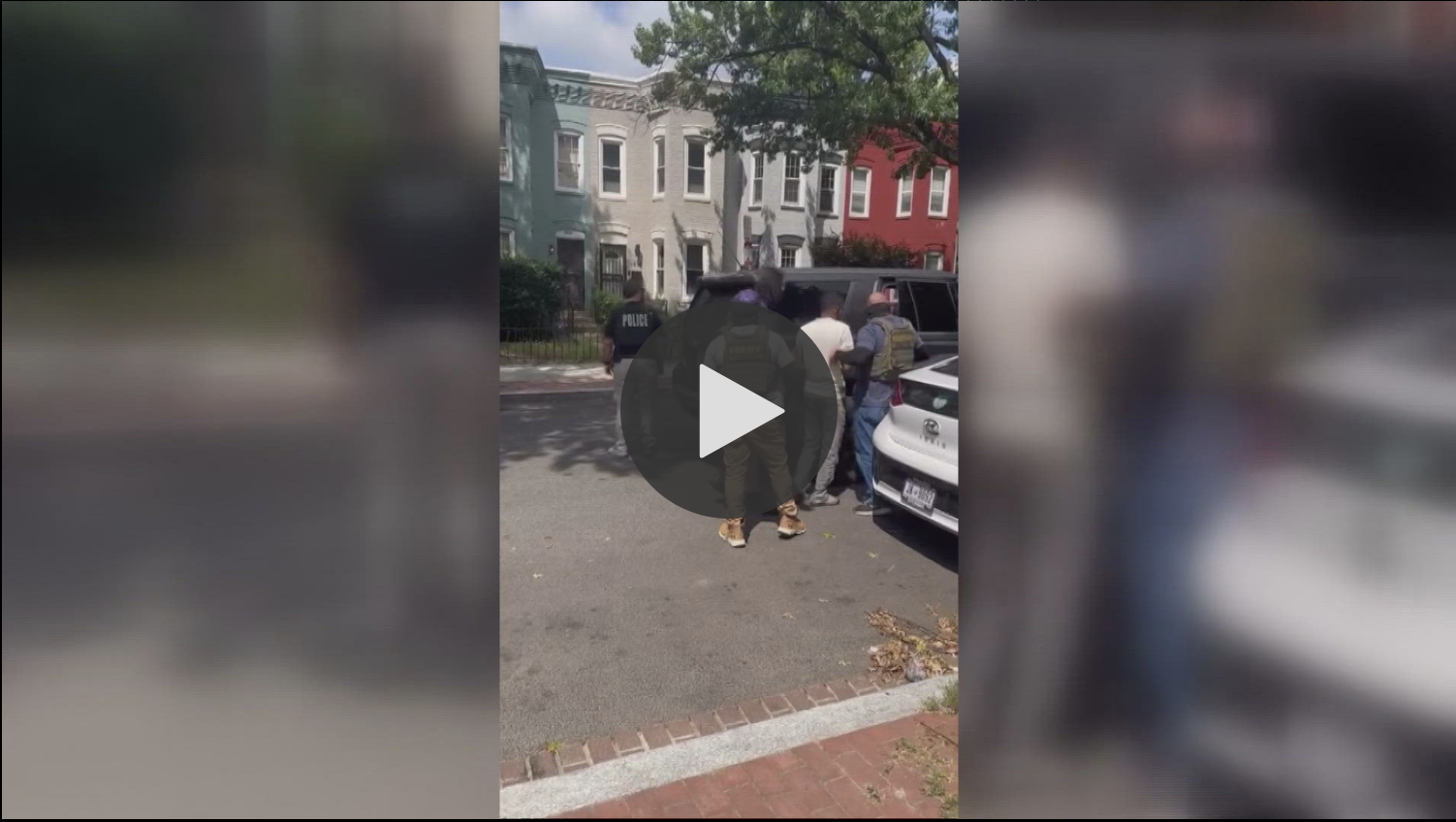



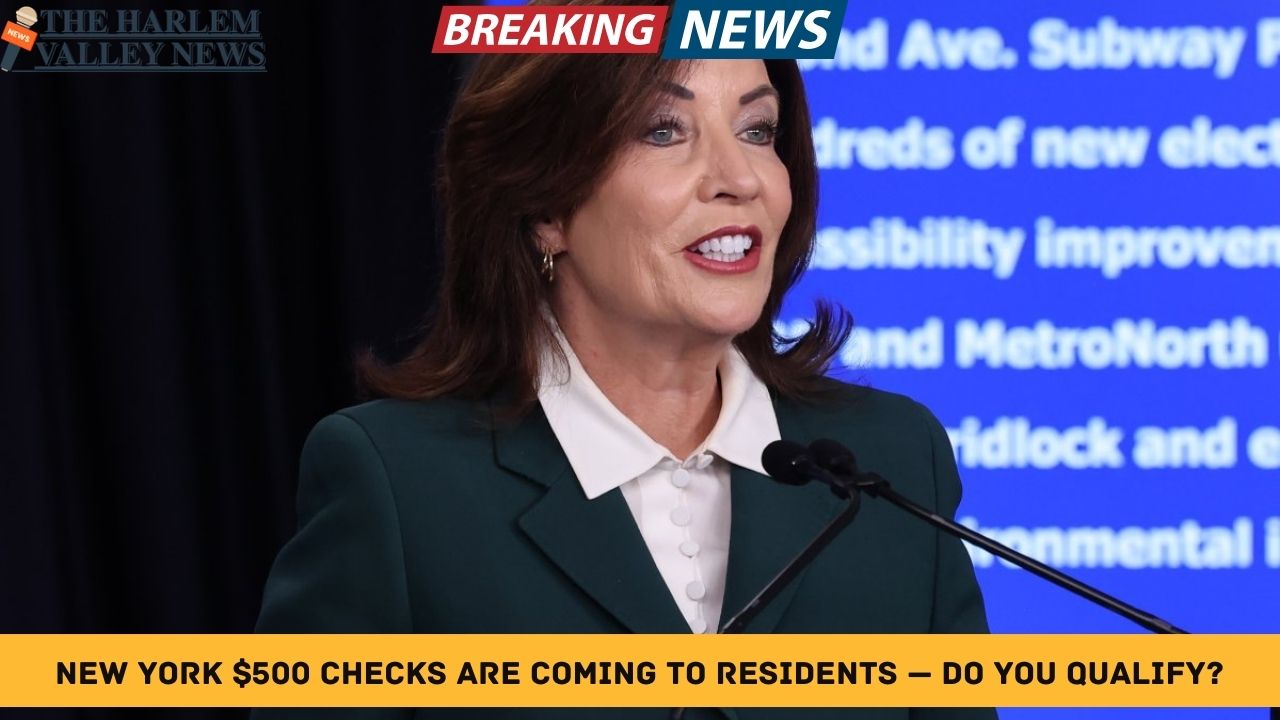
Leave a Reply